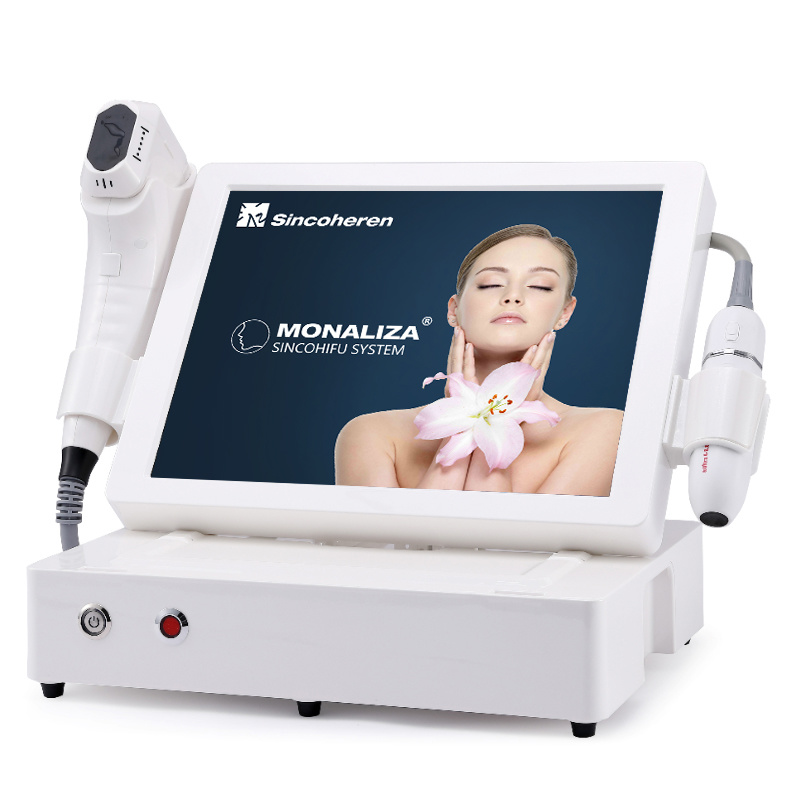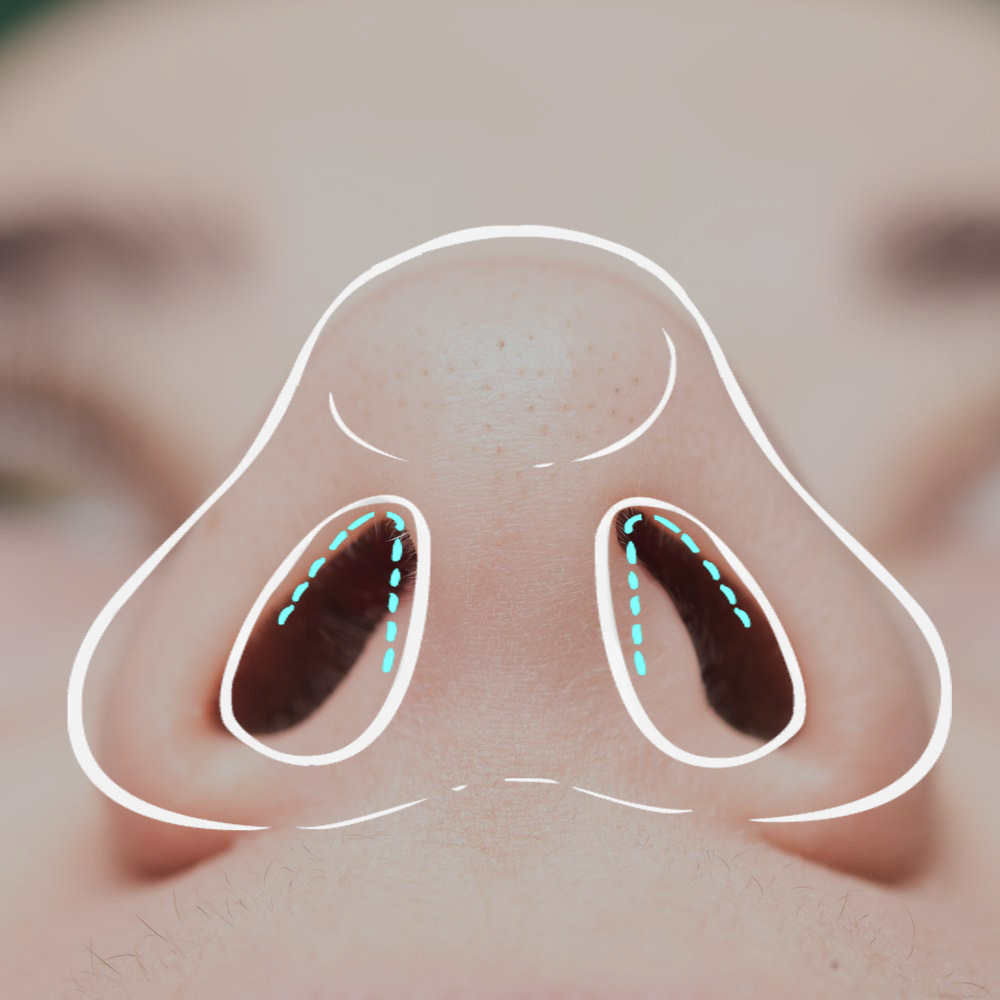
Consult your eye doctor if symptoms of chalazion have been present. Your doctor can determine if you have this eye problem by taking a thorough history of your overall health and examining the lids, eyelashes, and skin of your eyes. The doctor will also inspect the eyelashes' texture, oil gland margins, and openings. Once diagnosed, most chalazions will heal on their own in a few weeks with minimal medical treatment.
Signs
A chalazion, or lump on the eyelid, is called a chalazion. It grows slowly but can grow larger and can cause severe pain. Although it rarely hurts, it may cause irritated eyes and eyelid inflammation. By looking at the eye and feeling your eyelid, your healthcare provider can diagnose you. If these symptoms continue, you may need to see a doctor. The good news is that chalazion can cause very little harm.
Although chalazion does not transmit disease, it is important to practice good hygiene to minimize your risk. After touching your eyes, be sure to wash your hands thoroughly. Also, make sure that your contacts are clean. You should also follow the instructions of your doctor when wearing contact lenses. Chalazion isn't contagious and can be caused from other conditions like stye. If your symptoms persist, a doctor can prescribe antibacterial medicines.

Diagnosis
A doctor can diagnose Chalazion by performing a physical exam. The doctor will perform a physical examination to determine if chalazion has occurred. This includes checking the vision and eyelids, as well as the skin and eyelashes. The doctor may diagnose inflammation or infection if the bump is painful or large. A blood test may be performed by an eye specialist to rule out any underlying conditions. Blurred vision may be a sign of underlying conditions. A medical professional may also refer a patient to a ophthalmologist if the condition persists or becomes recurrent.
Chalazion is typically diagnosed clinically. A complete history and exam will determine whether the condition is benign or malignant. The majority of cases do not require any further workup. If an alternative diagnosis is needed, a biopsy might be required. A majority of cases are benign and can generally be treated without any further testing. However, chalazion that recurs should be checked for underlying malignancy.
Treatment
The severity of the condition will determine the treatment. People may experience irritation, pain, swelling, or irritation. Chalazion should resolve itself in a matter days. In severe cases, treatment may include antibiotic eye drops or surgery to remove the affected gland. Steroid injections might also be administered, but these can cause permanent skin darkening.
Although chalazion doesn't spread, it should be avoided until the condition is resolved. A specialist in eye care may recommend steroid injections to reduce swelling if it continues. These medications may not be sufficient. Patients will need to wash their hands after removing their contacts or touching their eyes. Contact lenses should be cleaned with disinfectant, and disposed of according to a schedule.

Recurrences
A chalazion is a benign bump on the eyelid. While it's not painful, it can cause discomfort. It is possible to seek medical attention only if the condition continues to worsen. Recurrences, especially in those genetically predisposed, are common. What can you do if these symptoms persist? Read on for more information on how to treat this condition.
Treatment can be effective in removing most cases. Although some chalazion recur, most do not. Recurrences may occur for several reasons. There may be underlying issues. If you suspect an underlying condition, a biopsy might be a good option. A biopsy can also be used to rule out other serious conditions. However, it may be a risk factor in recurrent chalazion.